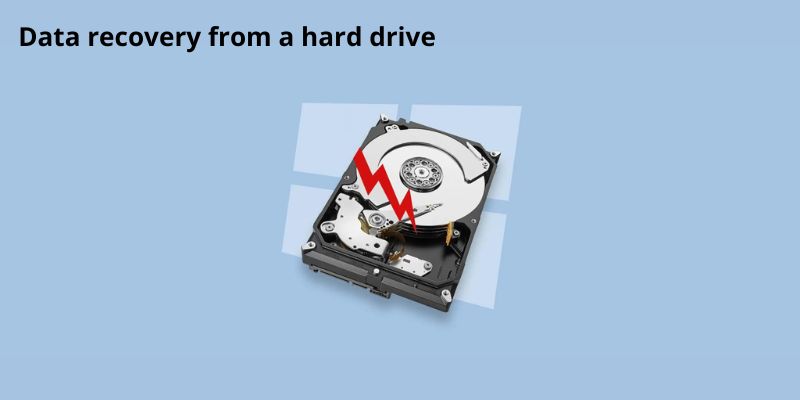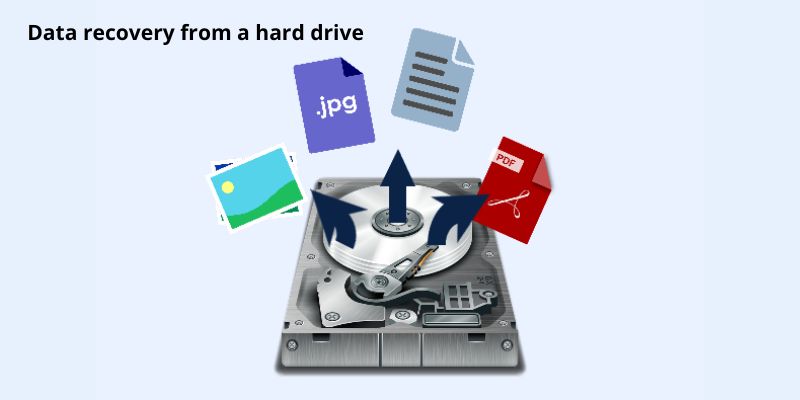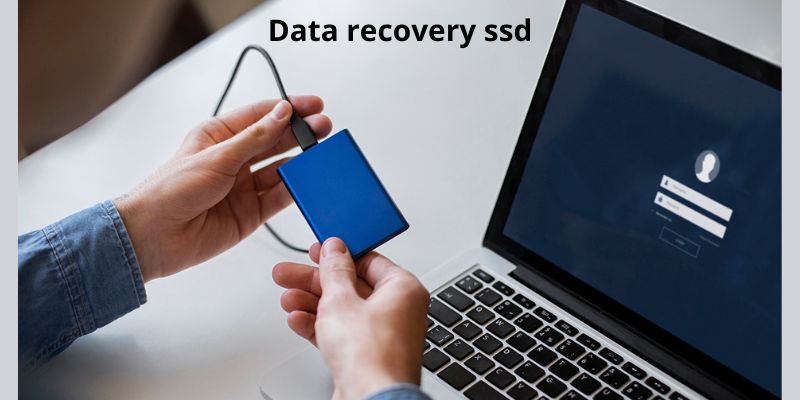Data Recovery from a Hard Drive: Expert Solutions to Retrieve Lost Files Safely

Data recovery from a hard drive are quite convenient. Terabytes of data can be transported with us everywhere we go, they can be effortlessly shared among numerous devices, and installing them couldn’t be any easier. We have grown so accustomed to them due to their ubiquity that we almost ever give external hard drives a second thought.
How many individuals would panic if they couldn’t recover files from external hard drives and how many would actually know how to accomplish it? Knowing how to recover Data recovery from a hard drive will greatly improve your chances of averting a potentially devastating situation and preventing the worse from occurring.
This article’s objective is to describe typical hard drive problems and the various methods that they can be fixed with the aid of Data recovery from a hard drive software programs. qule.info will provide some of information for you in this post.
How to Recover Files From a Hard Drive

Here are the easy procedures needed to use Disk Drill for Windows to recover lost and deleted files from a hard drive.
1. Download & Install Disk Drill Hard Drive Data Recovery Software for Windows
Install Disk Drill on Windows by downloading it. To prevent overwriting files you want to restore, don’t download from the drive that had the data loss. If your primary hard disk has lost data, download and install using a USB drive. During the installation procedure, you will be required to supply Administrators credentials.
2. Choose the hard drive partition and recovery method you need

Launch the software after connecting an external storage device. The application shows you a list of disks that the program has found and that are usable. Choose the one you want to utilize for recuperation.
3. Start scanning for lost hard drive data
4. Select which files you want to recover from your hard drive
Although you can stop the scan at any time, waiting until it is finished will yield the best results. You can restore any files that the program has previously detected as being recoverable if you suspend the scan. If you’re in a rush and don’t want the process to finish, this may be useful. To choose which files or folders to recover, check the box to the left of the object.
4.1 Use “filters” for a faster search or to select a specific file type
To make it simpler to discover the precise file you need, recovered files are categorized and organized into folders. When looking for information, choose from the categories of images, audio, video, documents, archives, and other files. By eliminating the need to read the entire recovery report, this feature allows you to focus on the recovery results that are important to you.
4.2 Search for files
You can use the search bar at the top of the main window of the program or the app’s display to look for files. This enables you to search for a given filename directly regardless of the sort of file it is. You will see a list of recoverable files and files that have been rebuilt by a deep scan when you open the window for a certain file type.
4.3 Check the Reconstruction section
Reconstructed files are ones that Disk Drill has successfully recovered but for which there is insufficient metadata to determine a filename. The files are frequently displayed with a genuine file extension and are rebuilt through deep scans depending on their file signatures. When the recovery is finished, you can rename the files after previewing them to decide if you want to recover them.
5. Recover the deleted hard drive data

To start the recovery, click Recover or Recover All. A secure storage location where you want the Data recovery from a hard drive to be restored will be requested of you. Stay away from the device where the data was lost to prevent overwriting any potentially recoverable files. Once the recovery process is complete, you can relocate the files to any location by going to the indicated folder. It might be necessary to rename some of the rebuilt files.
Conclusion
In conclusion, Data recovery from a hard drive is an essential and priceless procedure that can help recover priceless data when unexpected data loss occurs. The possible loss of priceless data can be upsetting, regardless of whether it occurs accidentally, as a result of hardware failure, or because of other unforeseeable events. There is nonetheless hope for recovering those seemingly gone files thanks to modern tools and skilled Data recovery from a hard drive services.
The most important lesson from this investigation is the necessity of acting quickly in the event of Data recovery from a hard drive loss. There is a greater chance of irreparable Data recovery from a hard drive damage the longer you wait. It is essential to seek the help of reliable Data recovery from a hard drive professionals since their knowledge and specific methods can boost the likelihood of a successful data recovery.
Conclusion: So above is the Data Recovery from a Hard Drive: Expert Solutions to Retrieve Lost Files Safely article. Hopefully with this article you can help you in life, always follow and read our good articles on the website: qule.info





